Distilling the musical legacy of the Grateful Dead into one night is no small feat, and into three hours is an even taller order. But Don Was — longtime president of Blue Note Records, respected multi-instrumentalist and musical director for the Jan. 31 MusiCares Persons of the Year event — was up to the task, curating an inspired lineup of devotees, including Billy Strings, The War on Drugs, Norah Jones, Dwight Yoakam, Maren Morris, Noah Kahan and Wynonna Judd, and longtime collaborators like John Mayer, Bruce Hornsby and Was himself, who’s a touring member of Bob Weir’s Wolf Bros playing his signature upright bass.
As Was tells it, the set list came together organically, with the artists choosing which songs to play. The end result ran the gamut from the popular (“Truckin’,” performed by Yoakam) to the ambitious (“Terrapin Station” played by Mayer) to the essential (“Samson & Delilah” by War and Treaty with Mick Fleetwood and Stewart Copeland, “Friend of the Devil” by Noah Kahan with Bela Fleck).
The Hollywood Reporter caught up with Was after the Grammys, where Weir enthusiastically chatted with Taylor Swift as Beyoncé sat feet away, and where Sierra Ferrell, who appeared at MusiCares, swept the Americana awards earlier in the day.
How do you even start to conceive of a set list with a catalog as deep as the Grateful Dead?
I think you have to be sensitive to the artists who are going to sing the songs. We try to get them to choose a song that they feel an affinity for. And if they’re stumped, we could make suggestions. But the the difference between doing a karaoke version of a Grateful Dead show and doing something with soul and feeling is to allow the artist to choose a song they can sink their teeth into and find something new.
Who was a good example of that?
Bruce Hornsby I thought reinvented “Standing on the Moon” and found an emotional nuance in that song that I didn’t know existed — and I play it every four or five shows with with Weir. Dwight Yoakam turned “Truckin’” into a Texas shuffle that was such a deep groove, and it it gave it a whole new flavor. And I thought Mayer brought a completely unique approach to “Terrapin Station.” He found another door into the song that was different and that further expanded the beauty of the compositions. These are such great songs — that’s the allure for for the audience. It speaks to generations of people who come and stay with the band for a lifetime because they can really sink their teeth into the stories. And they’re impressionistic enough that you can hang your own inner emotional life on it. Everyone found their own way to do it.

Was there a wish list of artists or did the bill present itself?
It’s a combination of things. A lot of artists reached out and wanted be a part of it because they love the Dead. Like Billy Strings is a natural heir to that kind of music. But the cool thing about MusiCares is that you get unlikely actors who come shine a whole new light on the songs. Like War & Treaty, you wouldn’t think of them as Deadheads, but what they did with “Samson and Delilah” was awesome.
Some of my personal highlights were The War on Drugs, Vampire Weekend and Sierra Ferrell. This is a concert that should live on a streamer so people outside of the room can enjoy it. Agree?
Well, they’re all shot and recorded on multi-track, I think it’s just getting clearances from everybody. Sometimes people don’t give clearances for it, but every one of them I’ve done — Bob Dylan, Neil Young, Neil Diamond and Fleetwood Mac — was shot to be a TV show.
Or at the very least, an album?
Yeah, I agree with you.
What is the appeal of these songs and the Dead’s very much alive catalog?
They’re highly impressionistic, especially Robert Hunter’s lyrics. If you’re going to play to stadiums full of people, everyone comes in with their own personal set of neurosis and emotions. And to be able to bring 80,000 people together with a song, and speak to people who each assigned a different meaning to the song, that is great poetry at the core.
Everyone’s got a certain line in a certain song that means more to them or brings some comfort. We do “Ripple” every night as a finale, and I get choked up every time looking at people in the front row crying because the song means so much to them, hugging their friends and everything. The response of the audience to that song is so deep and intense. It’s brilliant.

Were you disappointed to not have some of the classic fan favorites represented, like “Brokedown Palace” or “Shakedown Street?”
There was a lot to choose from. And we could only do 15 of them. It was a pretty long show. It was incredible that people stayed in the and were up on their feet all through the Dead & Co. set.
Dave Matthews was originally on the bill…
He was going to do “Sugaree” with Mayer acoustically, but had an illness in the family and had to cancel his appearance at MusiCares and at FireAid the night before.
Outside of the guests rushing towards the stage, blocking even Weir’s view, things seemed to go off without a hitch?
There was a technical problem with John’s acoustic guitar, which was plugged into the wrong socket for “Terrapin.” We tried to fix it and then they cut away to a tape or something. It took a couple minutes to get it restored on stage. And at that point, the adrenaline was just annihilated. So when we came back to John three to four minutes later to play the song, we were all relaxed, and the song went someplace totally unexpected. So I’m glad we had a technical snafu because we might have been too excited. I thought John sang it beautifully. I was in awe, actually.
What were your standout moments from the night?
I thought “Terrapin” was really strong. I loved playing “Ripple” with Norah, I thought she she found a beautiful way into it. I loved Sierra Ferrell and Lukas Nelson doing “Must Have Been the Roses.” And Dwight: we had learned it a certain way before he got there and then he said, “No, no, no,” and just started playing the chords on the guitar in such a deep, rhythmic groove. His was a complete reinvention of “Truckin’.” It was swinging it just. It just rocked like crazy. I really enjoyed playing that. There wasn’t a bad moment in it for me.

Ending with “Touch of Grey” was especially poignant in these times. Was that always the plan?
Yeah. Again, it’s got multiple meanings. It applies to the L.A. fires and also the Deadheads who’ve been with the band for 60 years. It’s incredible.
I take it you’ve been to the Sphere?
Oh yeah, it was magnificent. You know, I’m 72, and when I was a kid in the 1950s, they used to tell us what the future was going to look like. The Jetsons, of course. There’s not a whole lot of what was predicted that has become reality, but going into the Sphere, I thought, “All right, this is worth staying alive for.” To see this is what they they told us the future is going to be like. Even though I know these guys well and I know all the behind-the-scenes stuff, I just turned into a gushing fan. It was just a fantastic show.
Below is the MusiCares Grateful Dead Persons of the Year full set list:
Dark Star/The Other One: Bob Weir with Orchestra
Samson & Delilah: War & Treaty with Mick Fleetwood and Stewart Copeland
One More Saturday Night: My Morning Jacket with Maggie Rose
Ripple: Norah Jones with Bela Fleck
Bertha: Zac Brown with Marcus King
Ramble On Rose: Wynonna Judd
Friend Of The Devil: Noah Kahan with Bela Fleck
Scarlet Begonias > Crazy Fingers: Vampire Weekend
Truckin’: Dwight Yoakam
They Love Each Other: Maren Morris
It Must Have Been The Roses: Sierra Ferrell and Lukas Nelson
Wharf Rat: Billy Strings
Loose Lucy: Sammy Hagar
Standing on the Moon: Bruce Hornsby
Box of Rain: The War on Drugs with Grahame Lesh
Terrapin Station: John Mayer
Althea > Sugar Magnolia > Touch Of Grey: Dead & Company

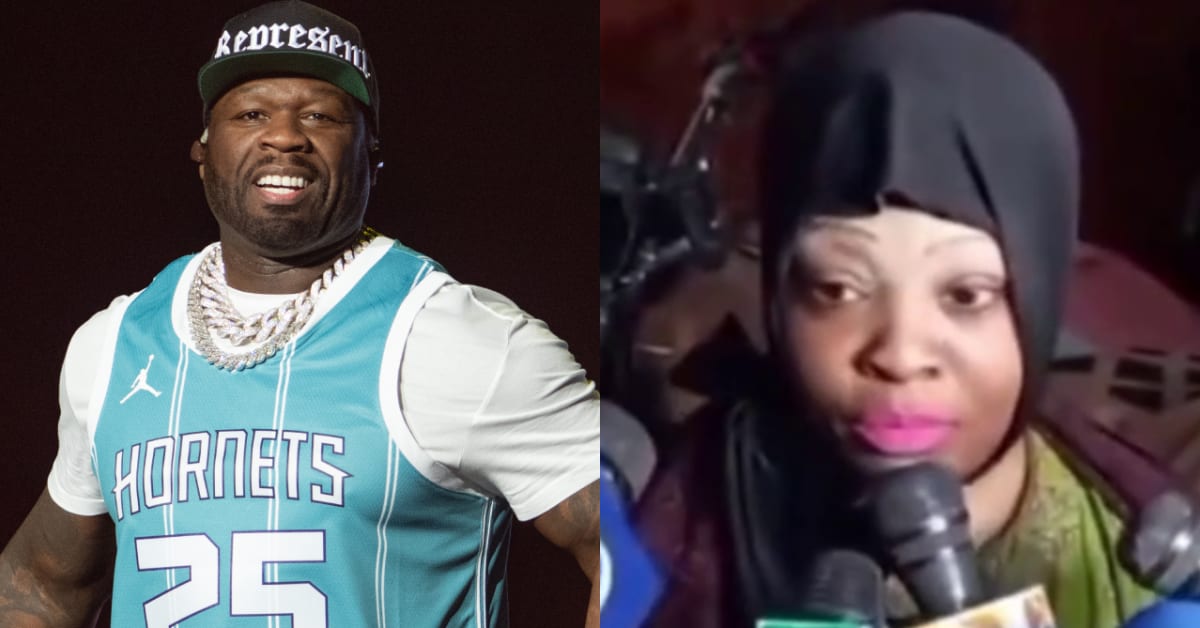




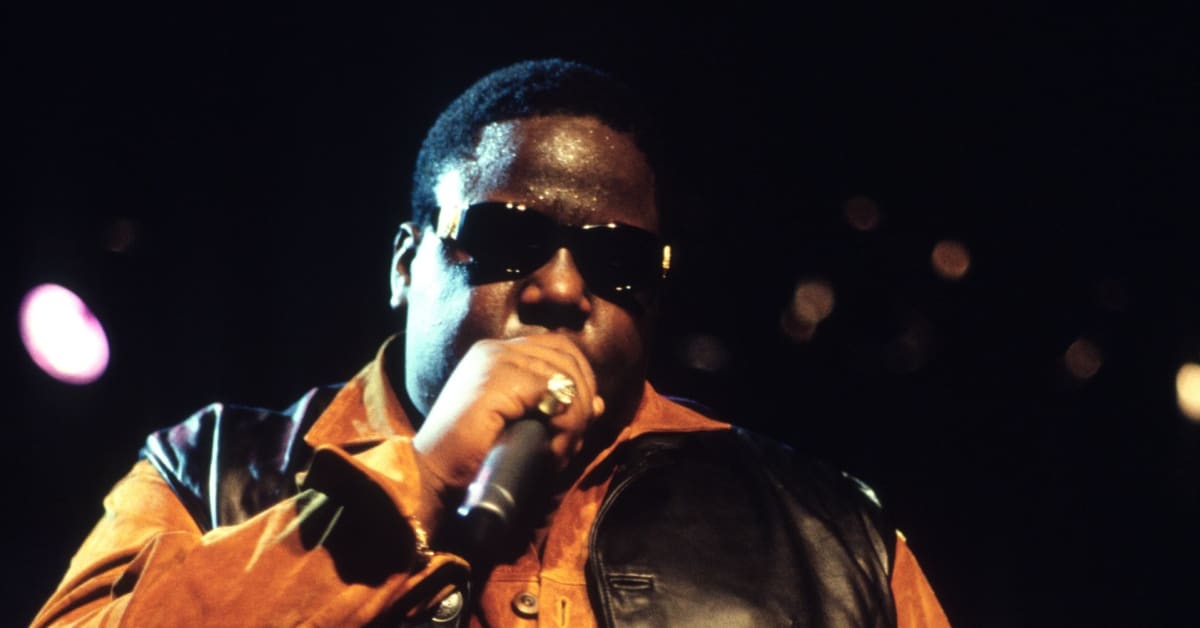
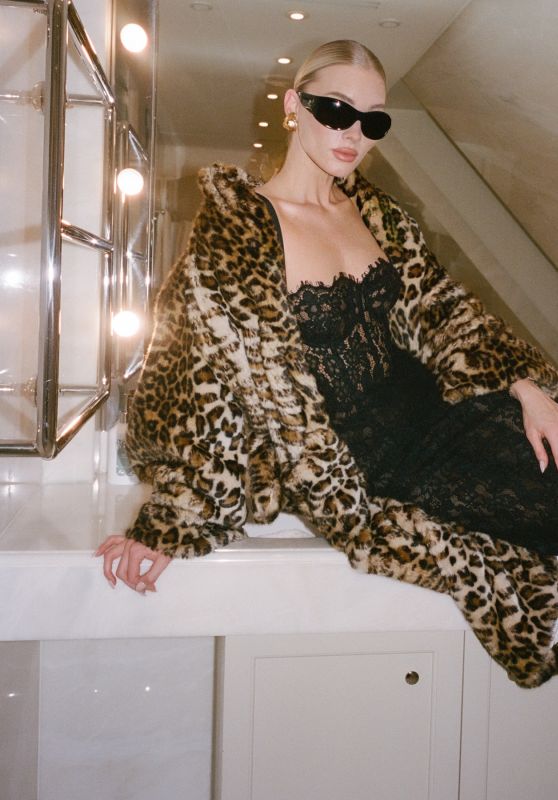


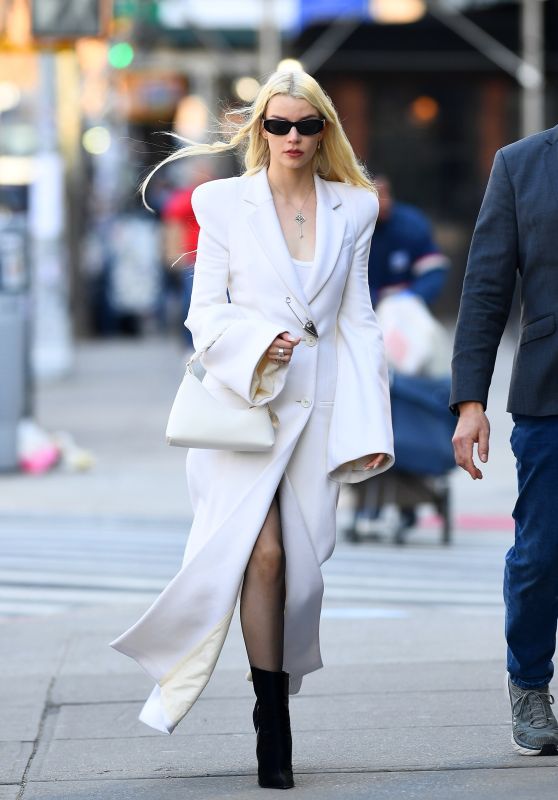
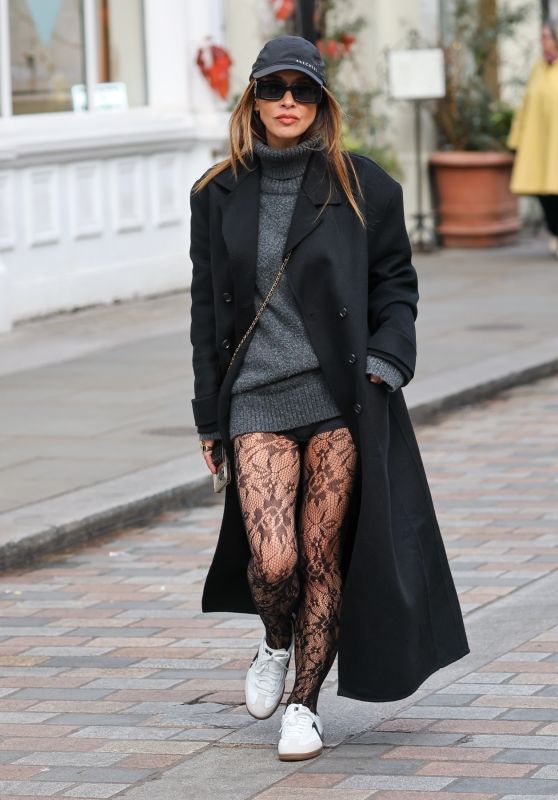








 English (US) ·
English (US) ·